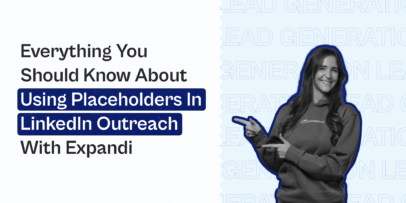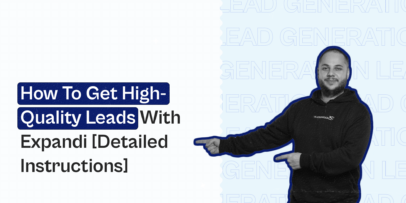Inbound Lead Generation — What Is It and How To Do It? [Ultimate Guide]
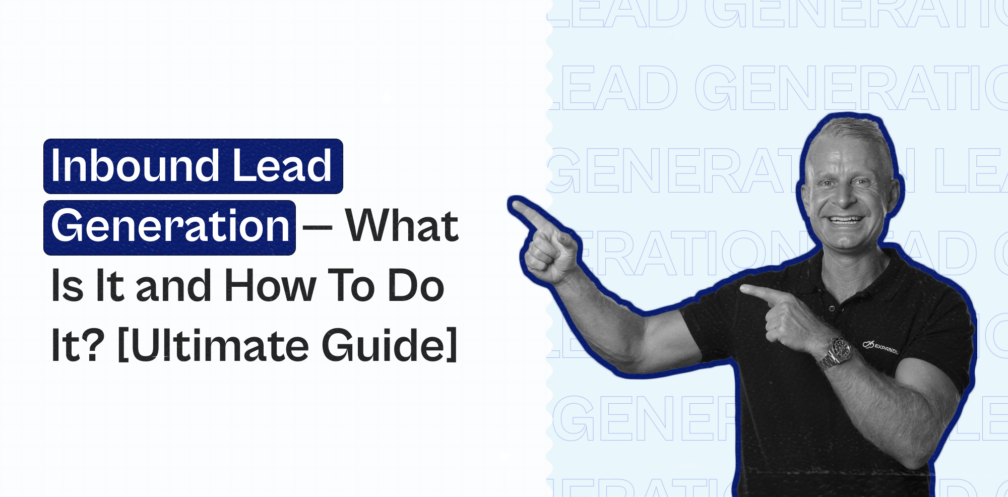
Right now, there’s a group of people in desperate need of a product like yours.
Maybe your product will solve their biggest productivity challenge. Maybe it will make them faster, stronger, and smarter. Or maybe it will help them save time and money.
And, just like your leads need you, you need them. More prospects equal more customers, business growth, and profit.
The question is, though, how do you ensure your paths cross?
There are two potential answers to that question. One is “outbound lead generation” (which we recently covered). Another is “inbound lead generation”.
Curious about number two? Read on.
This ultimate guide will teach you everything you need to know about inbound lead generation.
TL;DR
- Inbound lead generation is the process of enticing new leads to make contact with your brand.
- When done well, inbound lead generation can:
- Bring you a constant stream of new, high-quality leadsCreate a desire for your product within leadsIncrease sales, revenue, and profit Increase the amount of traffic your marketing gets
- There are many popular inbound lead generation channels, including content marketing, Search Engine Optimization (SEO), social media, email marketing, and referral marketing.
- We recommend you try these four inbound lead generation strategies:
- Re-spin your content into LinkedIn posts
- Execute a hub and spoke strategy on your blog
- Host B2B virtual events on LinkedIn
- Produce video ads for social media
- Expandi can transform your LinkedIn marketing efforts. If you’re interested in Expandi, you can test it out with a 7-day free trial.
What is inbound lead generation?
Inbound lead generation is the process of enticing prospects into initiating contact with you.
“Initiating contact” could mean:
- Scheduling a call with a sales rep
- Signing up for your free trial
- Joining your email marketing list
- Asking a question via live chat or social media
- Connecting via social media (for example, sending you a connection request on LinkedIn)
We call the leads you win through inbound lead generation “inbound leads”.
These inbound leads could be:
- Marketing Qualified Leads (MQLs) — A lead who has interacted with your brand.
- Sales Qualified Leads (SQLs) — A lead who has shown a desire for your products.
- Product Qualified Leads (PQLs) — A lead who has started your free trial or tested your product.
- Service qualified leads — A lead who is ready to become a customer.
Inbound lead generation is different from outbound lead generation because inbound leads initiate contact with you, whereas you initiate contact with outbound leads.
Benefits of implementing an inbound lead generation strategy
Inbound lead generation helps you to do the following:
- Attract a continuous stream of high-quality leads — Inbound lead generation brings new prospects straight to your door. Providing prospects for sales reps is crucial because 77.3% of sales reps get at least 25% of their leads from their employer.
- Leverage automation to decrease the marketing and sales departments’ workloads — Automation enables your sales reps to spend more time with prospects — something we know sets top performers apart from everyone else. Top performers’ discovery and presentation calls are 76% and 55% longer, respectively.
- Build a desire for your products in leads — Inbound marketing makes your product look desirable.
- Make your sales funnel faster and more efficient — Inbound marketing nurtures leads organically, so your sales reps don’t need to do all the heavy lifting alone.
- Increase the amount of traffic your marketing and website gets — An increase in organic traffic will help you win backlinks, increase your domain ranking/authority, and rank higher on Search Engine Results Pages (SERPs).
- Increase sales, revenue, and profit — This increase will enable you to reinvest more into your brand and expand your operations.
If you’re interested in the benefits of lead generation as a whole, read our article Lead Generation — How To Get High-Quality Leads With Expandi.
How does the inbound lead generation process work?
Inbound lead generation generally works like this: you plan your inbound strategy, produce pieces of marketing, and publish them. Then, you begin attracting leads. As momentum builds, you continue publishing new content.
The thing that sets regular inbound strategies apart from the best of the best is that top-performing strategies are continuously improved and expanded upon.
The inbound lead generation funnel looks very similar to the general lead generation funnel.
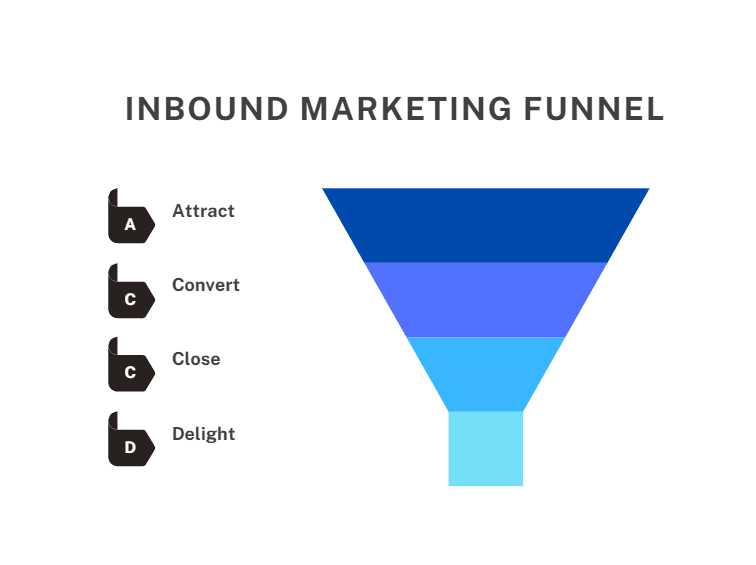
It includes four stages:
| Stage | What happens in the stage | Position in the sales funnel | Marketing channels used |
| Attract | You catch the eye of a lead. | Top | SEO, content marketing, referral marketing, social media marketing, ads, website marketing, etc. |
| Convert | You build a desire for your product and get the lead to initiate contact with you. | Middle | Calls To Action (CTAs), landing pages, lead capture forms, email marketing, live chat, sales reps. etc. |
| Close | Your sales reps seal the deal. | Bottom | Sales reps and sales automation tools |
| Delight | You re-engage with customers to ensure they have a positive customer experience. | After the funnel | Email marketing, customer care, social media marketing, smart content, referral marketing, etc. |
Note: To learn more about customer journeys as a whole, read our article Lead Generation Funnel — How To Map Out Your User Journey.
Inbound lead generation channels
When you think “inbound marketing”, you likely think “social media” and “website marketing”.
But you might be surprised to learn that there are many, many more channels you can explore.
Here’s a (non-exhaustive) list:
- Social media marketing — Social media marketing was the most popular marketing channel in 2022, according to HubSpot. 44% of B2B and B2C marketers used it.
- Website marketing — This includes everything from landing pages to about us pages. It was the second most popular channel in 2022, with 36% of B2B and B2C marketers using it.
- Email marketing — Email marketing wins when it comes to Return On Investment (ROI). It delivers an average return of $36 for every $1 spent. Email marketing was also the third most popular channel in 2022, as 35% of B2B and B2C marketers used it.
- Referral marketing — according to Neilsen’s 2021 Trust in Advertising Study, 88% of people trust word-of-mouth referrals over any other marketing channel. Nielsen recommends that brands replace mobile and banner ads (two of the most undesirable ad formats) with referral marketing strategies. As you can see from the table below, the majority of consumers don’t respond to mobile and banner ads:
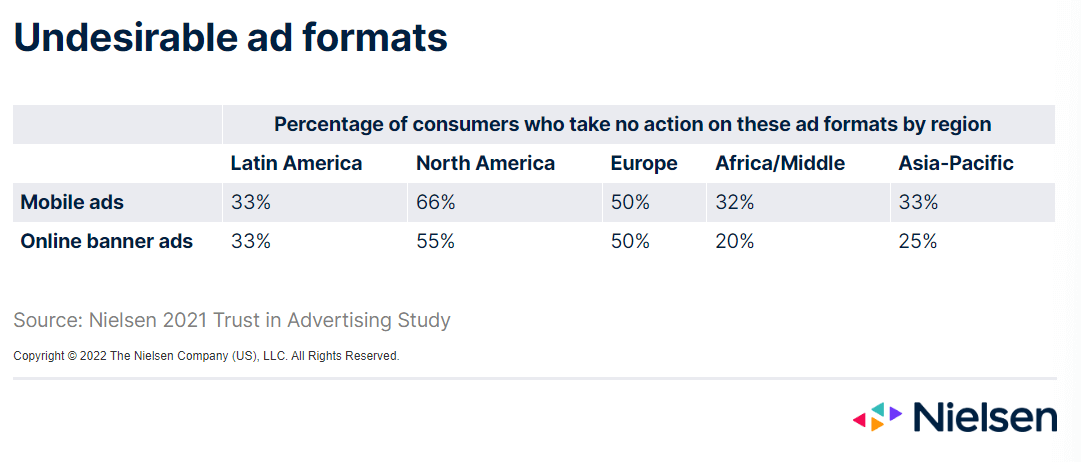
- Content marketing — Content marketing has changed a lot in the past ten years, but it’s still very lucrative. 32% of B2B and B2C marketers used it in 2022.
- Influencer marketing — Influencer marketing won the title of “#1 emerging marketing trend” in HubSpot’s State of Inbound Marketing Trends report. 34% of B2B and B2C marketers used it in 2022.
- Event marketing — Event marketing changed a lot with COVID-19, but it’s still a very popular channel. 25% of B2B and B2C marketers ran virtual events in 2022.
- Search Engine Optimization (SEO) — SEO is a must for anyone publishing text-based content. 26% of B2B and B2C marketers used it in 2022.
- Paid-Per-Click (PPC) marketing — The PPC marketing industry is growing quickly and is predicted to reach a valuation of $28.62 billion in 2027. Now is a great time to invest in PPC ads.
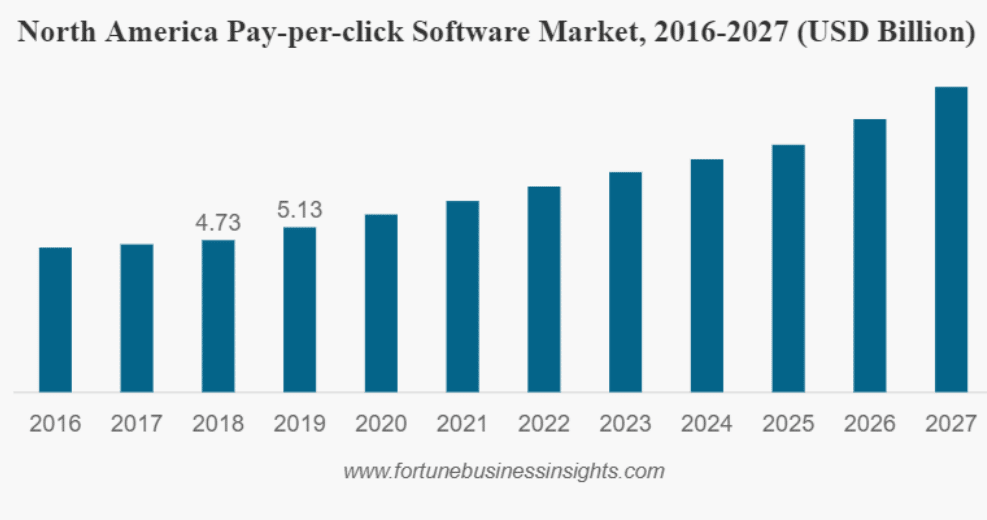
We generally divide these channels into three categories:
-
- Earned media channels — Channels you earn results on through hard work (like YouTube marketing).
- Bought/paid media channels — Channels you pay for results on (like PPC marketing).
- Owned media channels — Channels you own (like website marketing).
4 inbound lead generation strategies to try
Now that we’ve covered the ABCs of inbound lead generation, I’m sure you’re itching for some actionable strategies that will bring the leads strolling in.
Without further ado, here are four actionable strategies we recommend:
#1. Re-spinning content into short, snappy LinkedIn posts
B2B marketers tend to get caught up in Instagram, Facebook, Twitter, and TikTok (the trendy new kid on the block).
But there’s one platform they really shouldn’t forget about: LinkedIn.
LinkedIn generates 70% of all social media leads and is the “#1 platform for generating leads”.
LinkedIn has a member base of over 850 million professionals, and four out of five members “drive business decisions” at their company.
As of April 2024, 50.6% of LinkedIn users were aged 25 to 34.
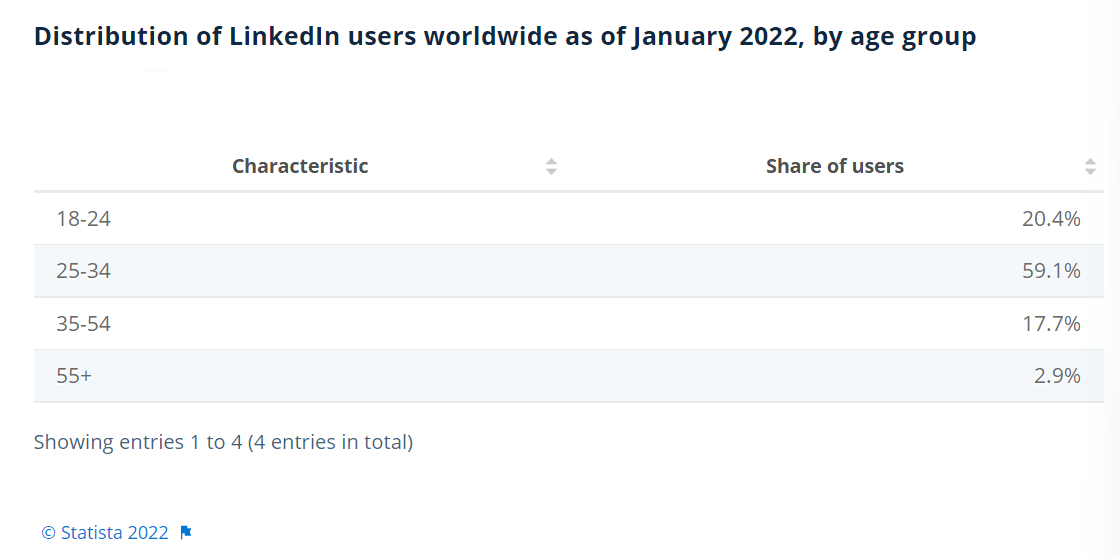
The content on LinkedIn isn’t like the content on other platforms, either. Thought leadership — posts sharing the perspectives and experiences of experts — gets a lot of clicks on LinkedIn.
Developing your own thought leadership posts is also very easy if you already have a company blog.
All you need to do is find a blog post on a trending topic. Then, you find nuggets of gold inside the post.
Re-spin these nuggets into short, snappy LinkedIn posts by adjusting them so that they use this structure:
-
- Hook — A sentence that entices users to stop scrolling and start reading.
-
- Content — 2-3 sentences of actionable, expert-driven information.
-
- Summary/CTA — A sentence that shares a final takeaway and asks the user to complete an action (like commenting).
-
- Hashtags — Hashtags that help your post get traffic.
And hit publish.
Now, this next part isn’t strictly inbound lead generation, but it will help you convert more leads.
Start by signing into Expandi (or signing up if you are new).
Then, select “search” and “add new search”. Select “post engagement”.
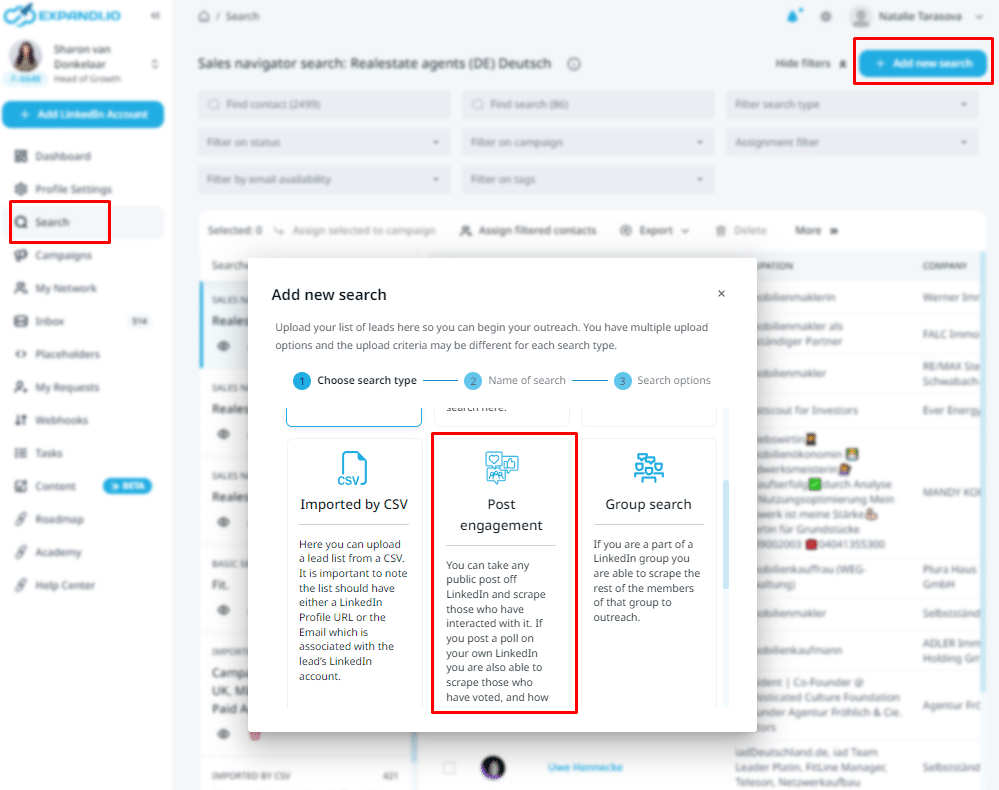
Next, name your search. Then, copy the URL of your published post and paste it into the “enter search URL” field.
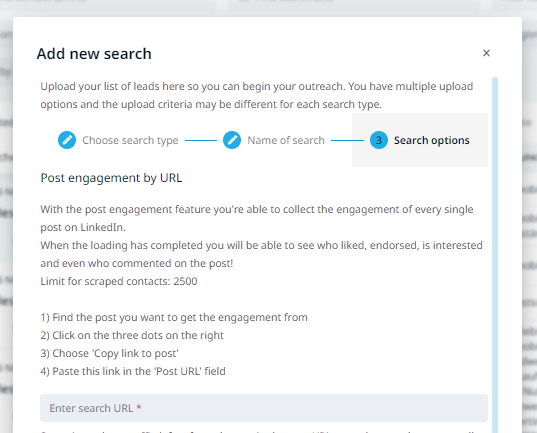
Then, enter the post’s ID. Sometimes, this won’t be in the URL. If that’s the case for you, get the ID from the iframe element at the src property.
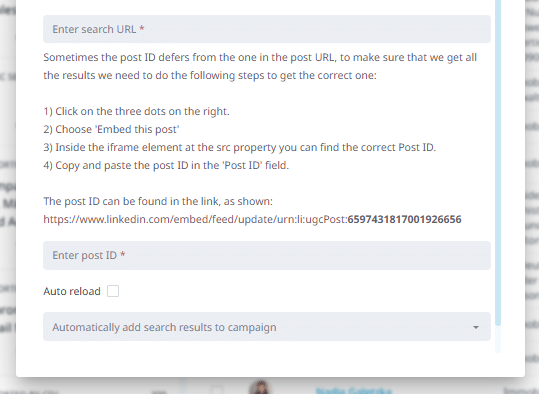
Click “search”.
And you’re done: Expandi will scrape the details of everyone who engaged with your post so you can target them with connection messages.
#2. Executing a hub and spoke strategy on your blog
A hub and spoke strategy isn’t the most glamorous content marketing strategy, but it’s very effective when done well.
The basic premise of this approach is that you produce one central resource for a high-volume keyword related to your product — this is your “hub”. For example: “marketing automation”.
You then produce 3-10 shorter blog posts targeting related, lower-volume keywords that are more niche — these are your “spokes”. For example: “sales outreach automation”, “how to set up automation”, “automation benefits”, etc.
These articles should be product-led — so they mention your product naturally.
After you publish all your articles, you add links from the hub article to each spoke article.
Then, you link from the spoke articles to the hub article.
The result is a series of articles that drive traffic to each other. This will boost your SERP rankings, increase your performance for keywords related to your niche, help you nurture leads, increase conversions, and create authority for your brand.
Related: Lead Generation Processes, SOPs, and Frameworks From The World’s Best Companies
#3. Hosting B2B virtual events on LinkedIn
Virtual events have exploded in popularity over the past two years — partially because of COVID-19 and partially because they are accessible to more people than face-to-face events are.
LinkedIn is a fantastic place to hold a B2B virtual event because it has a built-in audience of other professionals.
LinkedIn also makes it easy for attendees to find events, so marketers don’t need to do as much heavy lifting.
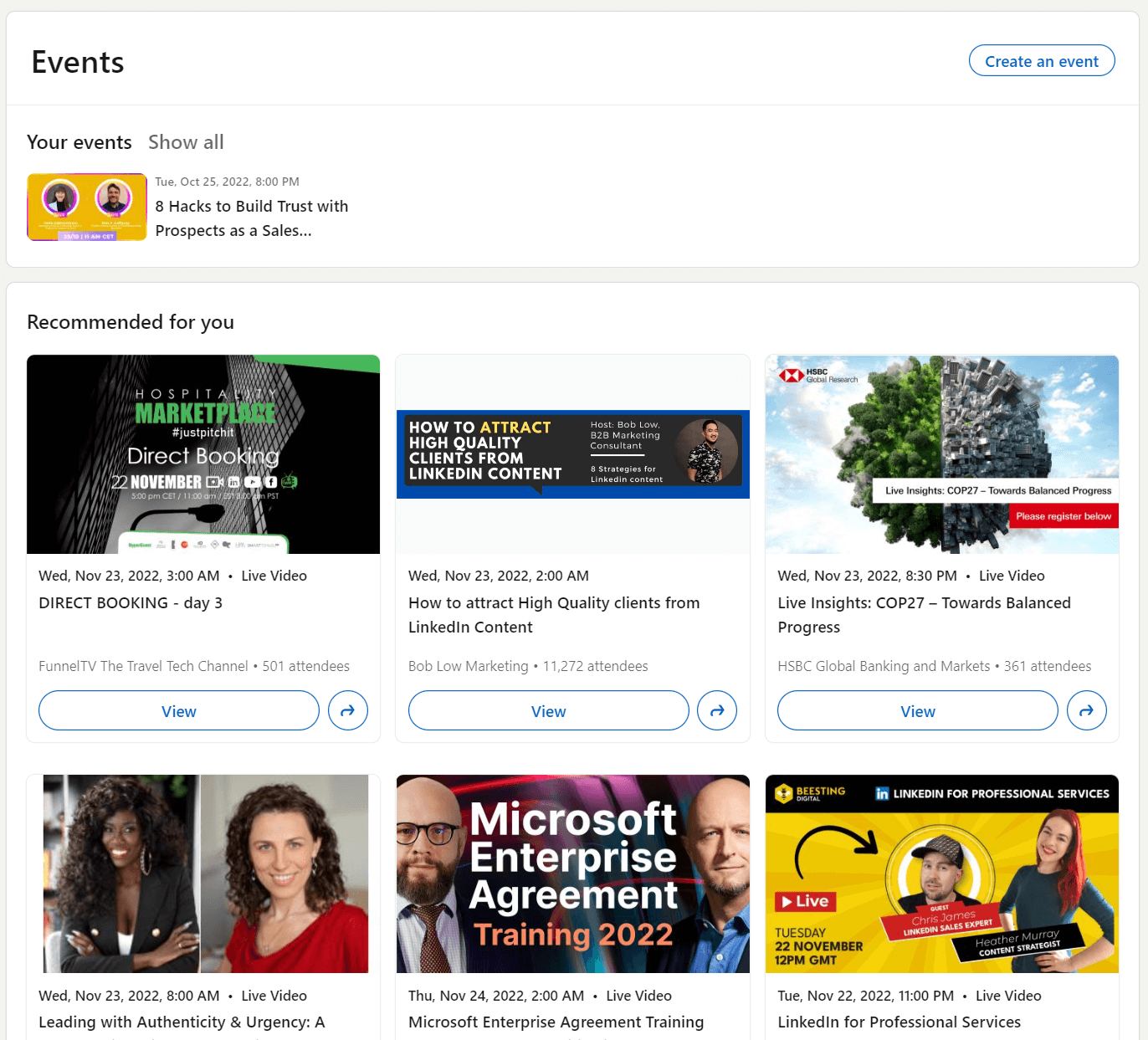
And you can scrape your event list and follow up with leads after the event.
To scrape the list, log into Expandi (or sign up if you are new). Then, select “search” and “add new search”. Choose “event search”.
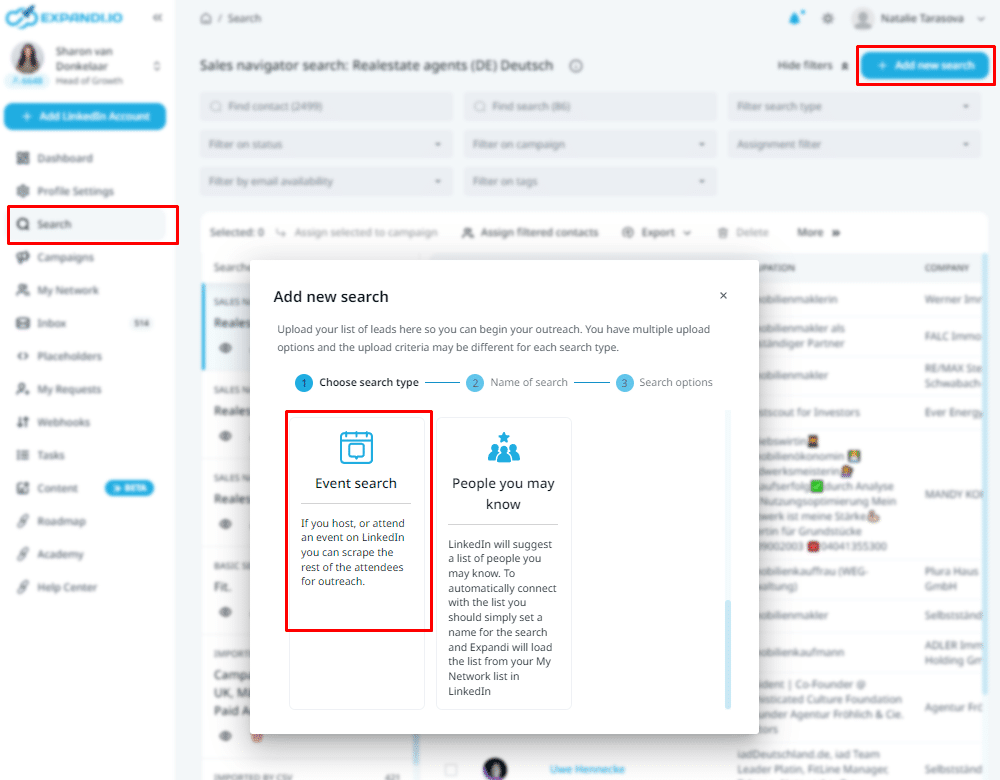
Name your event and add the URL of the event to the “enter search URL” field.
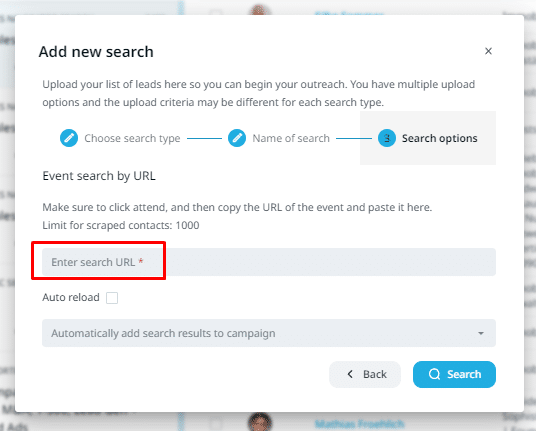
Then, click “search”. Expandi will scrape the attendee list automatically.
Note: If you’d like to learn more about hosting your own LinkedIn events, download our free eBook Prepare, Market, Launch Your LinkedIn Events.
#4. Producing short videos for paid social media ads
Videos are the top media format for content marketing, with 59% of marketers using them.
And while long videos had their moment a few years ago, short-form videos are currently growing in popularity the most.
Producing short videos can help you get more social media traction, thus, winning you more leads.
Producing short videos today doesn’t require fancy equipment, actors, and a film studio. Authenticity will continue to be trendy over the next few years.
And you don’t have to guess what type of content will be popular, either.
HubSpot’s State of Inbound Marketing Trends report shows that the most effective types of social media content and videos to produce are:
-
- Funny content
-
- Interactive content
-
- Behind-the-scenes content
-
- Relatable content
-
- Content that reflects your brand’s values
-
- Trend-driven content
-
- Nostalgic content
-
- Educational content
These types of content, in particular, are the best ones to watch for:
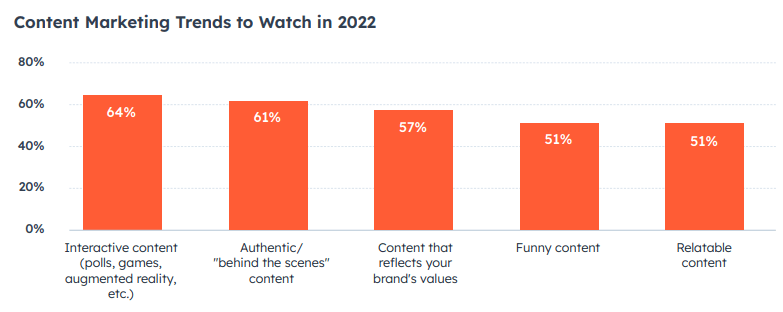
Investment app Webull, for example, produced instructional ads showing users around the Webull app.

Webull published these video ads on Instagram with matching Reels, a strategy that got the brand 50% more app installs and a 17% decrease in the average cost per conversion.
Webull’s marketing team lead, Deng Sui, says that “running video ads has helped to drive results and we see Reels as a new way to increase engagement and conversions.”
Iipamaster, an online educational service for pilates instructors, also uses short videos to generate leads.
Iipamaster’s videos feature pilates instructors talking about the things they learned from Iipamaster.
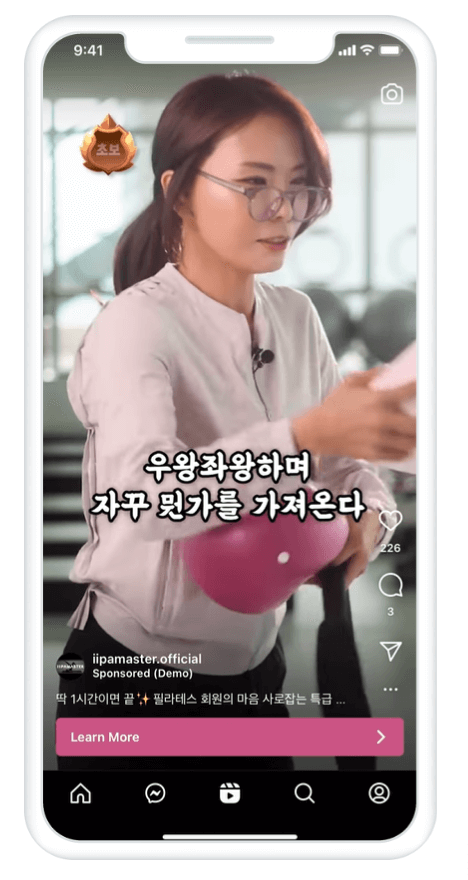
Using Reels and short-form video content together has helped Iipamaster increase its Click-Through Rate (CTR) by 87%, its registrations by 22%, and its purchases by 27%.
Final thoughts: Inbound lead generation
Generating leads is a major challenge for most businesses, and 37% of marketers believe it’s their biggest struggle.
Inbound lead generation is one way you can ensure you continuously get a new stream of leads.
But not all inbound strategies are created equal. The best strategies are data-driven, align with current trends in the industry, and leverage the best platform for your audience. For B2B businesses, that means investing in LinkedIn.
And if you’re investing in LinkedIn, try Expandi.
Expandi can help you overcome LinkedIn’s 100 connection requests per week limit. Expandi can also help you automate email and LinkedIn outreach and personalize your outreach efforts with images and GIFs.
You can get started with Expandi in fifteen minutes and see results in just 24 hours.
You’ve made it all the way down here, take the final step

